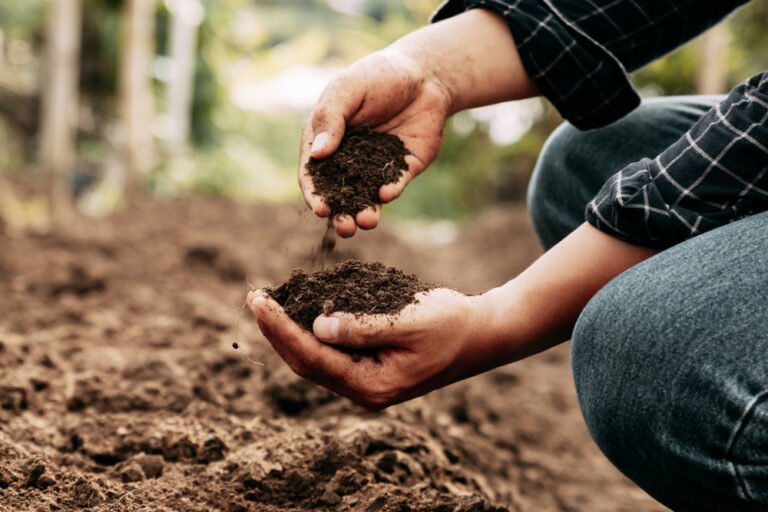When it comes to eco-friendly building, sensitivity to the environment goes beyond mere architectural design — it delves into the very earth upon which structures stand. Have you ever wondered how the world beneath our feet plays a significant role in sustainable construction? What exactly is involved in the process of soil testing and why is it so critical to the adoption of sustainable construction practices? If you’re curious about the science behind green building principles, you’ve come to the right place. This blog post explores the significant role of soil testing in sustainable construction and why it’s beneficial not only for our environment, but also for the future of architecture.
Why Is Soil Testing Important For Sustainable Construction?
Often overlooked, the nature of soil on a construction site significantly impacts the sustainability and overall success of a building project. Soil testing provides necessary information about the physical and chemical characteristics of the ground, determining the optimum type of construction to be undertaken, and identifying potential environmental hazards. This knowledge underpins the concept of doing more with less, a mantra of green building practice. By fully understanding the soil’s properties, architects and engineers can harness its natural capabilities for construction purposes, reducing the necessity for artificial, resource-intensive materials.
What Does The Process Of Soil Testing Involve?
Soil testing is more than merely digging up patches of earth. It’s an intricate process involving the extraction of soil samples at varying depths, followed by rigorous laboratory testing. These tests can uncover valuable data like soil type, compaction, natural fertility, and possible contamination. Such information guides architects and engineers in designing a structure that harmoniously co-exists with its natural environment, putting sustainability at the core of their work.
The Impact Of Soil Testing On Architectural Design
Architectural designs don’t simply float in a creative vacuum — they are influenced directly by the environment. Soil testing allows architects to adapt their designs to the existing natural conditions of the site, reducing the necessity for disruptive excavation work or expensive structural reinforcements. By working with the natural conditions rather than against them, architects can develop truly innovative, eco-conscious designs.

Reducing Environmental Footprint Through Soil Testing
Environmental sustainability has become a pressing concern in architectural circles. With careful soil testing, construction projects can minimize their environmental footprint, preventing unnecessary land degradation and promoting the preservation of natural habitats. In particular, knowledge about potential contamination can help prevent environmental hazards and protect future inhabitants’ health.
The Economic Benefits Of Soil Testing
Incorporating soil testing within project plans can provide significant economic savings. Accurate understanding of ground conditions can reduce potential risks and unforeseen costs associated with structural failure or environmental damage. This not only benefits the client’s pocket but also contributes to the overall economic viability of green building practices.
The Roadblocks In Implementing Soil Testing
While the benefits of soil testing are evident, implementing it as a universal practice is still a challenge. Despite its long-term benefits, soil testing requires upfront investment which can be a hurdle for many builders. Lack of awareness, outdated regulations, and the lure of short-term profits can often overshadow this critical aspect of green construction.
Conclusion
Building sustainability demands a holistic approach, one that extends beneath the surface. Soil testing might seem like another cog in the elaborate machine of construction, but its true value lies in its ability to merge the built environment seamlessly with the natural world. It directs us away from the “conquer and control” mindset, toward a more harmonious relationship with Mother Earth. Whether it’s understanding the site’s nuances, reducing your environmental footprint, or saving on costly future remediation efforts – the gains from soil testing are manifold. The roadblocks in its implementation, while significant, are surmountable. As awareness grows and regulations catch up, soil testing will become a cornerstone of sustainable construction – marking a new era of conscientious building.



